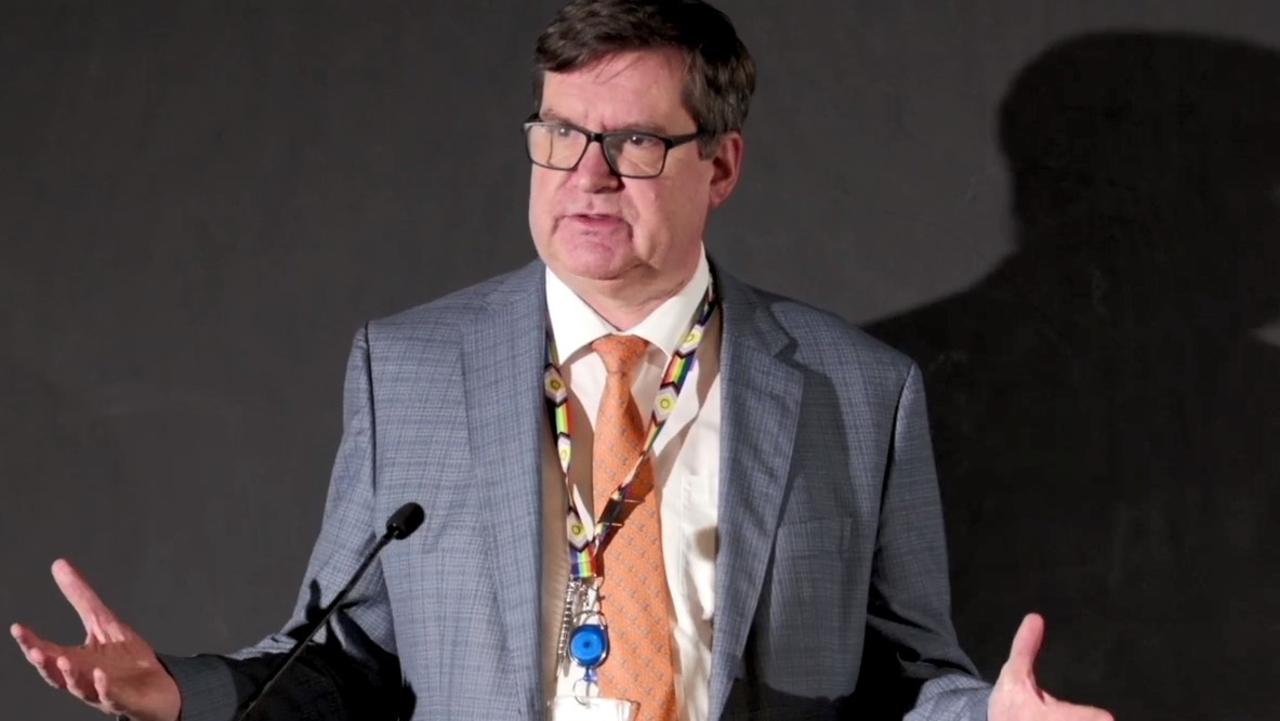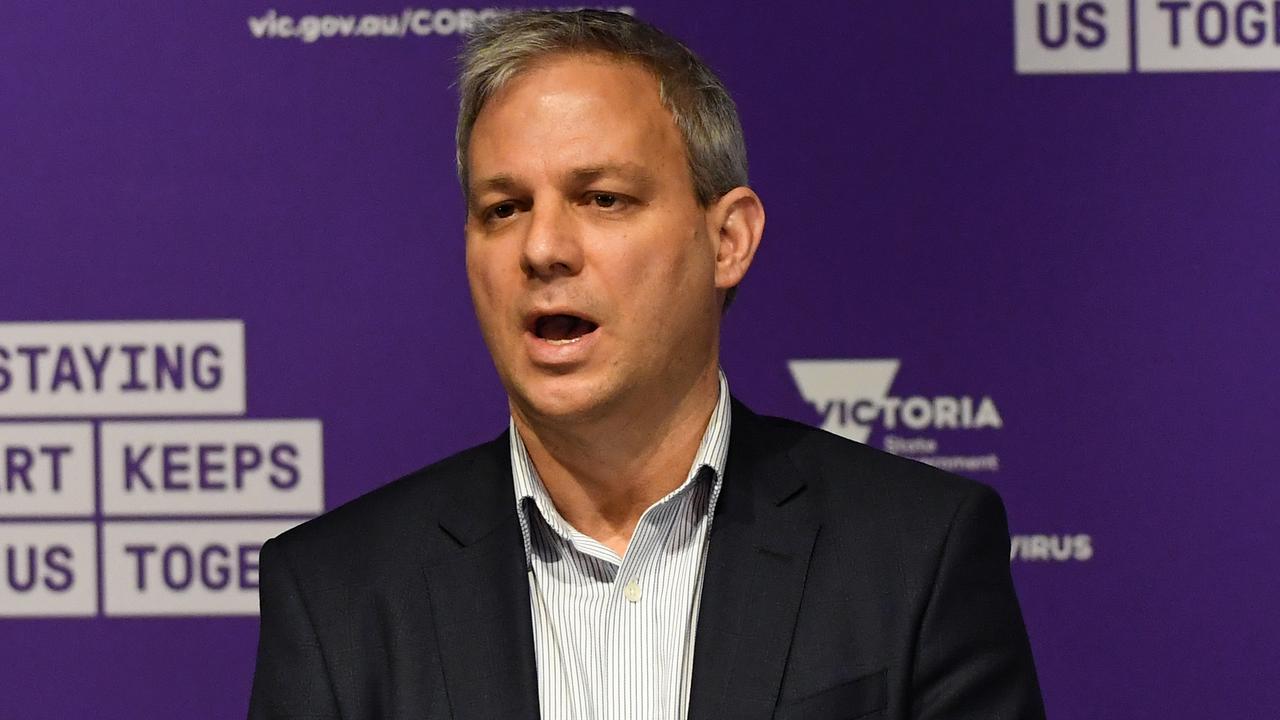Experts reveal how students can safely return to school amid high case numbers
Virus experts say that despite high Covid numbers across Victoria there is no benefit in delaying the start of term 1.
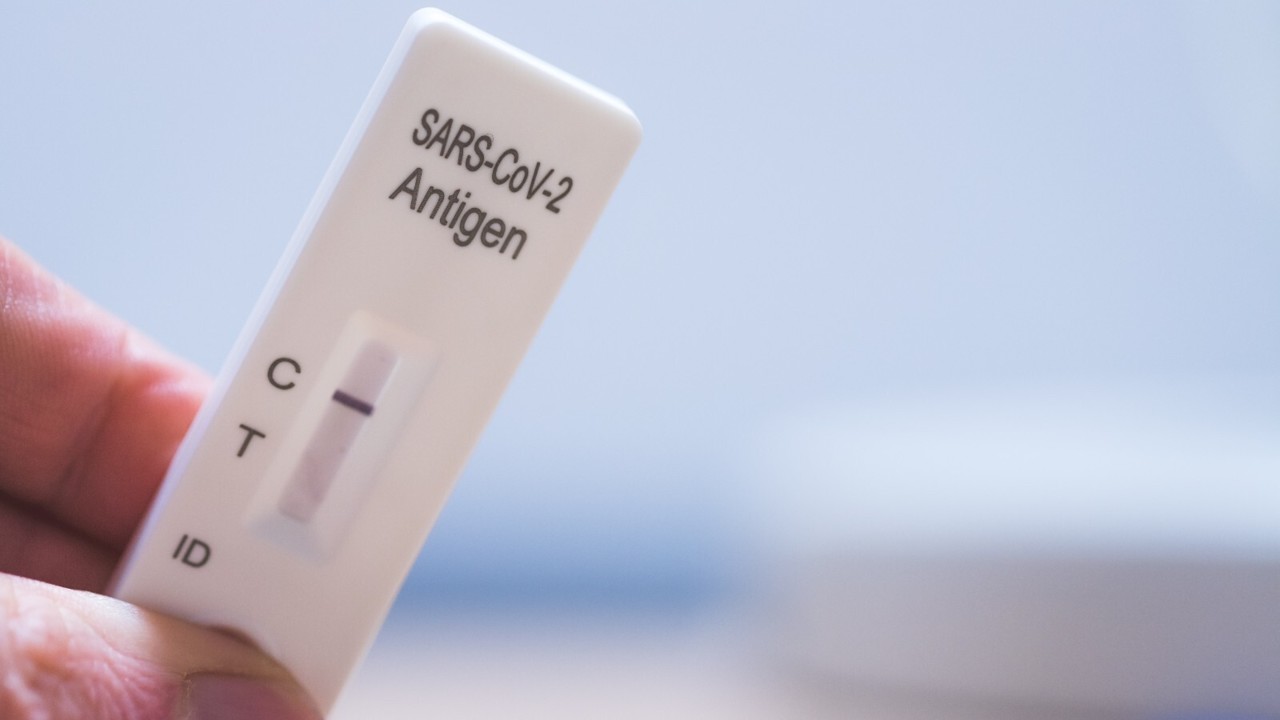
Coronavirus
Don't miss out on the headlines from Coronavirus. Followed categories will be added to My News.
Against the backdrop of seemingly ever-growing Omicron case numbers, the state government has announced their plan to test kids twice a week when schools reopen.
Amid uncertainty about how the coming school year will look, we asked three experts about the risks infections pose when kids return to class.
Should the school year be pushed back?
Robert Booy, University of Sydney Infectious Diseases paediatrician:
No. We have plans in place that allow children to be tested so that if they are potentially infectious, they stay home. But most kids won’t be infected, so it’s best to get them to school, so they get social, education, improved mental health, better job prospects and longer lives.
Professor Adrian Esterman, chair of Biostatistics and Epidemiology, University of South Australia, Clinical and Health Sciences:
If states are well prepared, this is not necessary.
Catherine Bennett, chair of Epidemiology, School of Health and Social Development, Faculty of Health, Deakin University:
No, school opening does not need to be delayed in Victoria. Case numbers are stabilising in Victoria and even though it’s now impossible to calculate reliable estimates of the reproductive number given changes to testing and reporting, our active case numbers have declined for the first time in a month and the total positive reports have also been stable for more than a week.
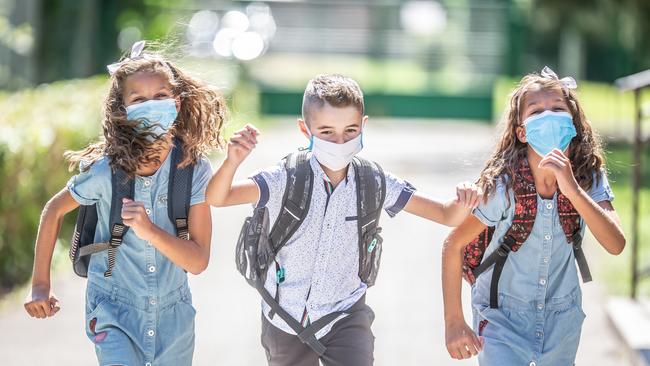
What are the risks of schools opening?
RB: If we delay school opening for two weeks, we will still have outbreaks when we open up again. It may actually prolong and enlarge the outbreak by delaying. (Omicron) is going through the community at a very fast rate. And it does not affect schoolchildren severely. In fact, most children have the symptoms of a cold and no more.
AE: Primarily, increased transmission.
CB: The risk relates to possible infection spread, and disruption due to staff shortages or kids testing positive and having to homeschool while in quarantine, but their families would already be in isolation as either close contacts or with infection themselves. In fact studies show children are more likely to contract the virus at home than at school.
What’s the difference between high schools and primary schools – should they be treated differently?
RB: Most high school children are mainly vaccinated and only a minority of primary school children.
I think children should go back to school whether or not they are vaccinated. We coped last year, we can cope again. If occasional classes have to be doubled up, that’s all right. A lot of people in their 60s were in classes of 45 kids. We know that’s not ideal but it is far from the end of the world.
AE: Younger children are only just eligible for vaccination, so higher proportion of vaccinated kids in high schools. Easier to “bubble” younger children in their classes. Not so easy to get the very young kids to wear face masks.
CB: Vaccination rates will be higher initially in high schools with high rates of uptake for those 12 and older, so the rollout to the five to 11 years olds will help level the risk. Those 16 and 17 who have been eligible for vaccination since the end of August are being considered for boosters now, too, and UK data tell us that can help reduce the risk of symptomatic infection by more than 60 per cent. Young children are less likely to be able to follow rules about social distancing and mask wearing, but they have even lower risk of serious infection than those in high school.
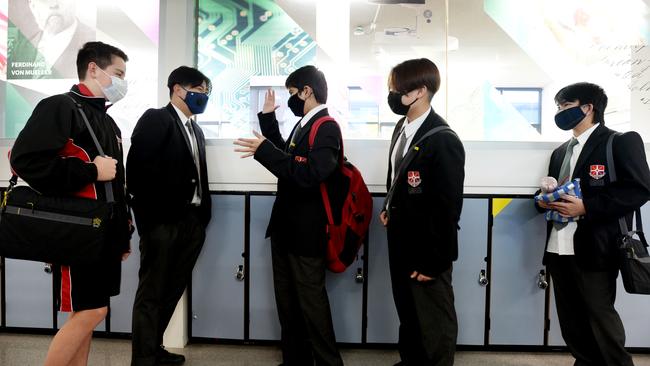
What would help schools stay open?
RB: Schools and the Education Department have a plan and the plan involves being able to identify children being infectious and keep them home until they are better. There are also plans for children who need an online education. Hospitals don’t close down because sick people come there, schools don’t close down because well children come there.
AE: 1. Teachers fully vaccinated (3 doses).
2. High vaccination rates in students.
3. Good ventilation in classrooms.
4. Face masks where appropriate.
5. Test to stay policy for students.
6. Parents should be encouraged to keep children at home if they are unwell.
CB: The best way to protect kids and schools is for parents and others in their circle to not bring the virus home. Boosters help by reducing risk of Omicron infection so if the schools staff and parents of school-aged children take up the offer of boosters as soon as eligible, this could make a large difference. There are a number of measures schools are using to minimise transmission risk, including distancing and mask wearing, being outdoors as much as possible, especially for school assemblies, in times of high community transmission, ventilating classrooms well and avoiding crowded common areas. Schools are starting to monitor air quality and installing air filters, as well.
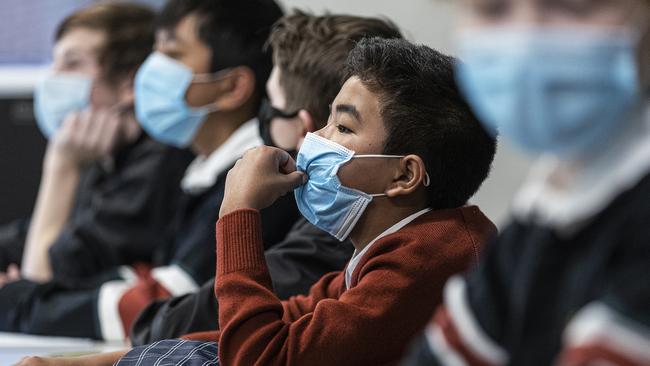
Teachers are worried about being added to the list of close contacts who don’t need to isolate. What are the risks and benefits of this?
AE: Risk is disruption to classes because of absent teachers. A test to stay policy for teachers would reduce this disruption.
CB: By the time most close household contacts find out they have been exposed, they are already a few days into the period when they would be infectious if they had been infected by that contact. Making sure any contacts with symptoms do not attend work is very important, but if symptom-free and still testing negative on repeat rapid antigen tests, it is very unlikely a teacher has an infection. Even if an infection was missed by the RAT, it is likely far enough in to the infection to be not very infectious, if at all.
NSW has a plan to rapid test kids twice a week at home; is that a good idea/would it help here?
RB: Twice-weekly testing is effective and useful. Where you have a proven outbreak, you can do a daily RAT in order for the child to be attending.
AE: Yes, it is a good idea and should be adopted nationwide.
CB: This is a good idea while infection rates in the community are high. It is an early warning system that can potentially catch an infection before that child has been in class, so reduces exposure risk in schools.
Should kids wear masks?
RB: Schoolchildren can wear masks but the occasional young child can’t cope and teachers know how to manage that.
AE: Yes, whenever appropriate. It is a low-cost option that does provide protection. Surgical masks are preferred to cloth ones.
CB: Indoor masks are a good idea while community incidence is high. This won’t always apply and will vary by area and so should be reviewed regularly as it can be difficult to maintain adherence especially in younger schoolchildren.



